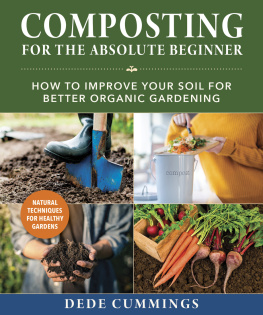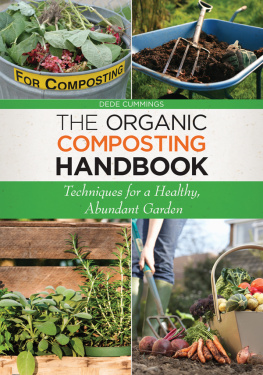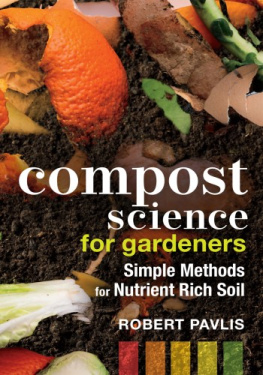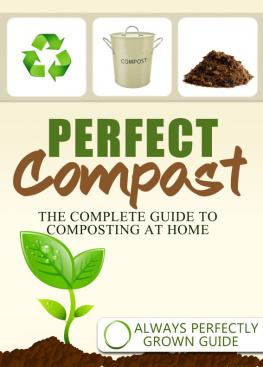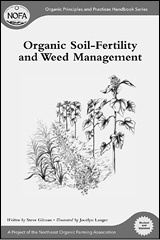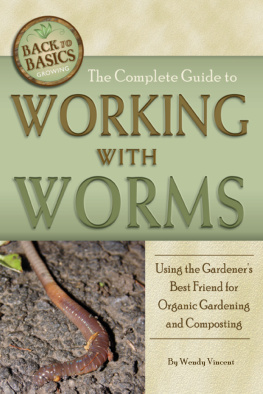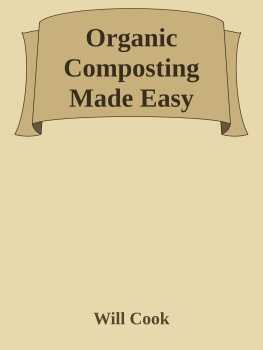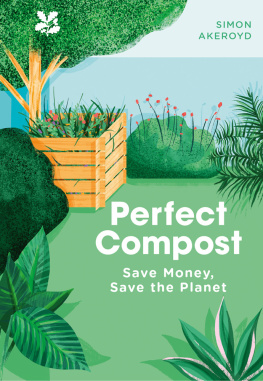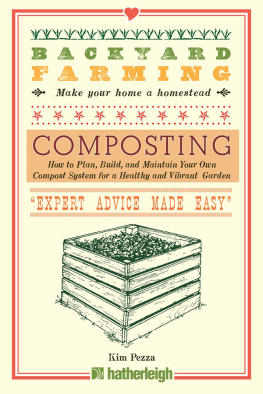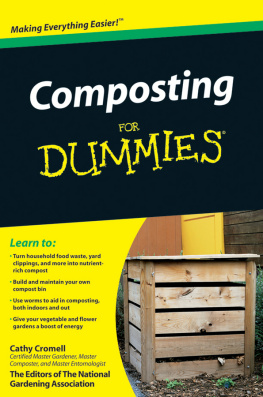
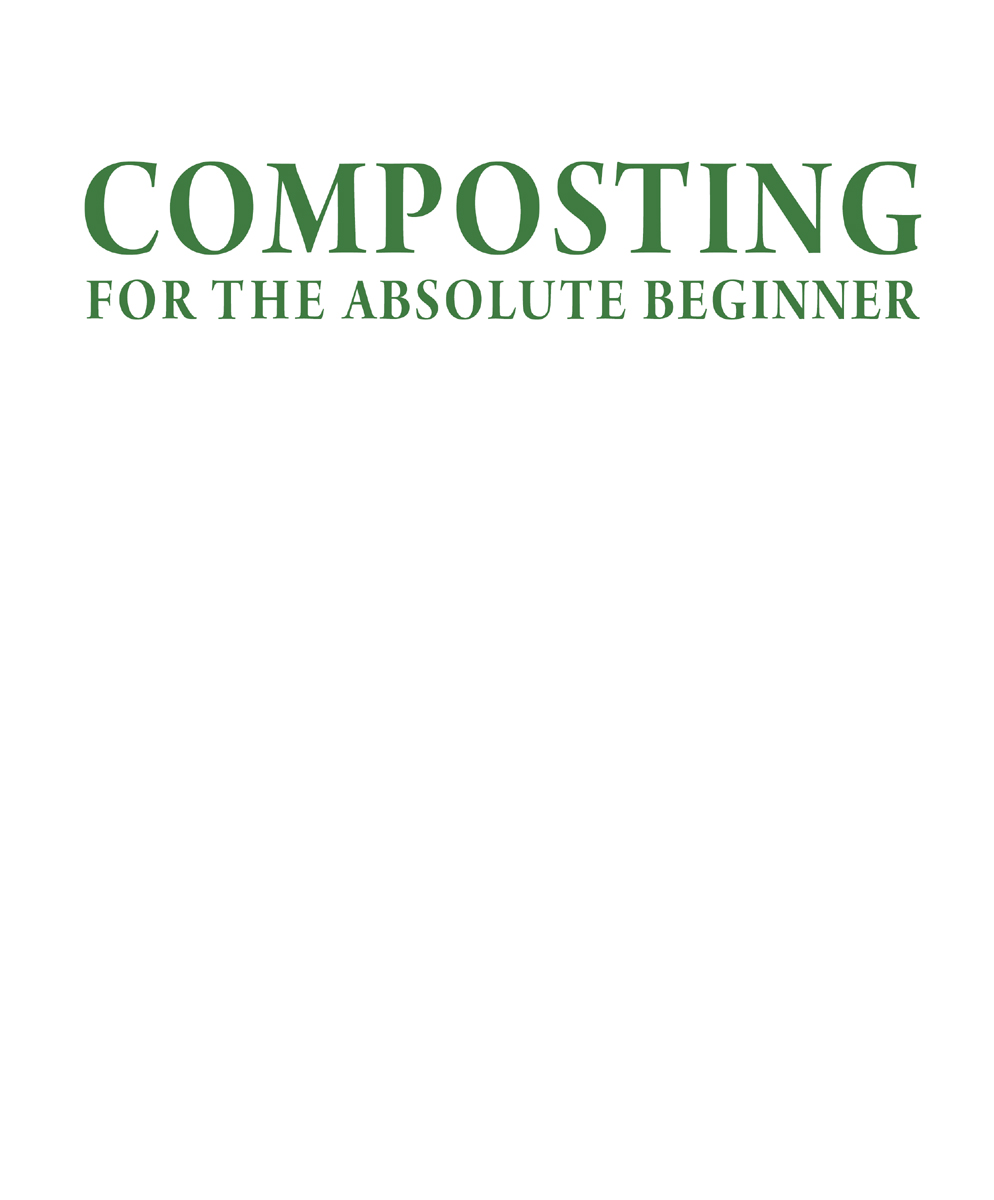

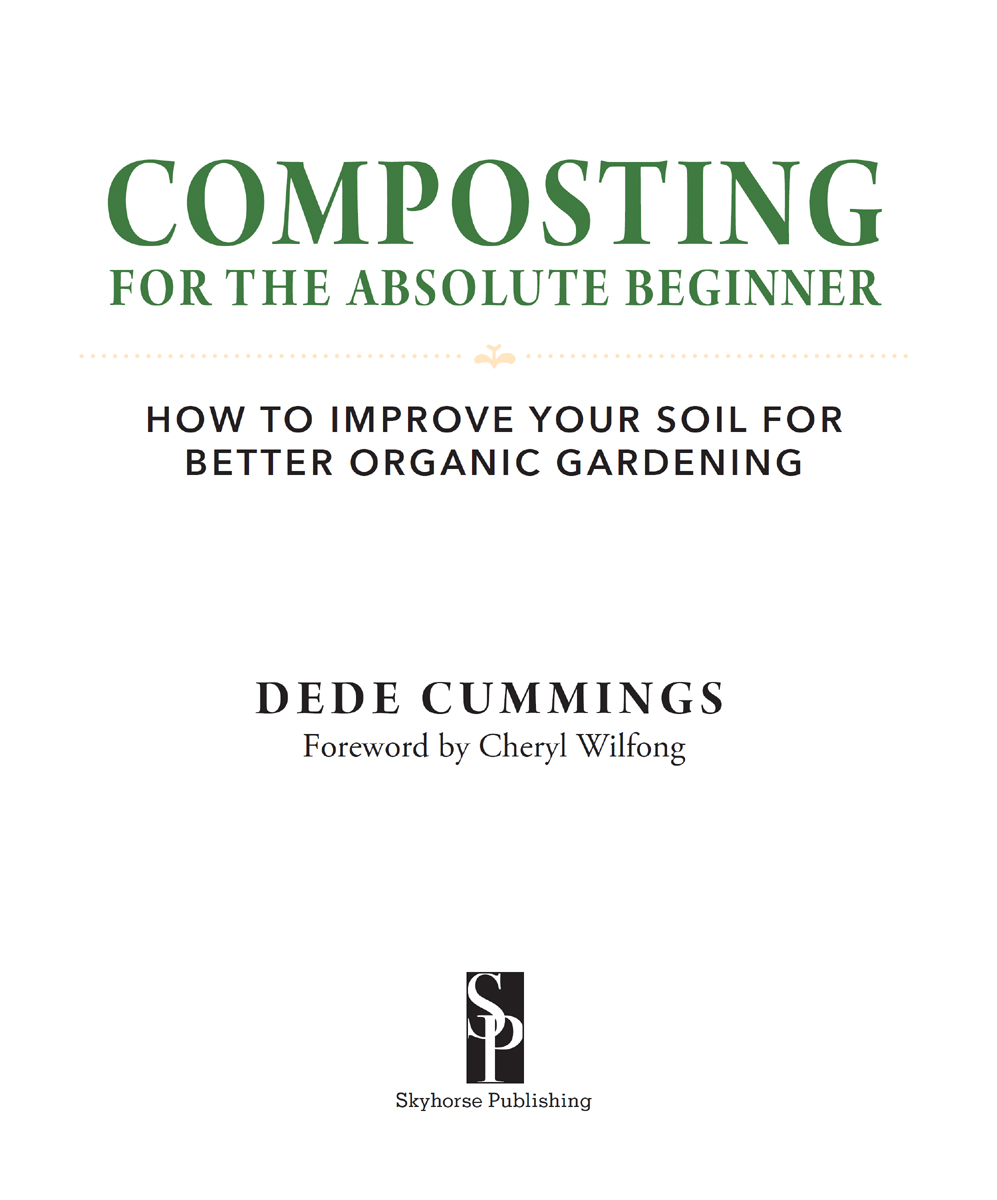
Copyright 2021 by Dede Cummings
All rights reserved. No part of this book may be reproduced in any manner without the express written consent of the publisher, except in the case of brief excerpts in critical reviews or articles. All inquiries should be addressed to Skyhorse Publishing, 307 West 36th Street, 11th Floor, New York, NY 10018.
Skyhorse Publishing books may be purchased in bulk at special discounts for sales promotion, corporate gifts, fund-raising, or educational purposes. Special editions can also be created to specifications. For details, contact the Special Sales Department, Skyhorse Publishing, 307 West 36th Street, 11th Floor, New York, NY 10018 or .
Skyhorse and Skyhorse Publishing are registered trademarks of Skyhorse Publishing, Inc., a Delaware corporation.
Visit our website at www.skyhorsepublishing.com.
10 9 8 7 6 5 4 3 2 1
Library of Congress Cataloging-in-Publication Data is available on file.
Cover photo credit: Shutterstock
Print ISBN: 978-1-5107-6476-7
Ebook ISBN: 978-1-5107-6663-1
Printed in China


CONTENTS
Chapter 1
The What and Why of Composting
Chapter 2
Composting
Chapter 3
Containers
Chapter 4
Caring for Your Compost
Chapter 5
How the Science Works
Chapter 6
Composting Is Easy
Chapter 7
Using Your Compost
Chapter 8
Some Questions Answered
Chapter 9
Success Stories
Chapter 10
Reflection

FOREWORD
by Cheryl Wilfong
W e know intuitively that organic compost is good for us, good for our garden, and good for our planet. We can join the green planet movement without moving any farther than our own backyards!
We begin simply with our very own organic compost: rich, dark brown, crumbly humus for our houseplants or our flower beds. Good enough for our plants to eat. Whether we use compost in our entire vegetable garden or only for the cherry tomato in a pot on our patio, compost nourishes our plants and produces lettuce or tomatoes, beans or broccoli, which in turn nourish us.
As a master gardener and a master composter, I am often asked my advice on compost. All the answers lie within these pages.
Dede Cummings is an author committed to making the world a better place, and this book is an example of her leadership in conservation and in trying to make a difference.
Reading this book, you will have the opportunity to stroll with Dede and her friends through the ins and outs of organic composting. The choice is yours: turn your kitchen waste into a wealth of compost you can use in your garden or waste those nutrients by throwing them in the trash and hauling it to the landfill. Much better of course is filling your own land with the same nutritious food you and your family eat and turning your compost into a haul of treasure. Its as easy as feeding your family, and then feeding the leftoversyour own compostable wasteto your garden.
Another great thing about going, growing, and gardening green is that we can save some greenbacks in our wallet by supplying our garden with the rich fertilizer of compost.
Composting ties us into the web of life. We pitch our dead plants onto the pile, and the following spring, new life springs up. Compost is a miracle. Our garden is a miracle, and our planet, well, its a miracle too. Now, lets start growing our own green miracles with organic compost.
Cheryl Wilfong, author of The Meditative Gardener:
Cultivating Mindfulness of Body, Feelings, and Mind

The authors neighbor down the road in Vermont has a perfectly good compost system made with pallets, and it even works well in winter.
INTRODUCTION
It must be this voice that is telling me to do something... to be concerned about the fate of the world, the fate of this planet.
Wangari Maathai, Nobel Peace Prize winner, founder of the Green Belt movement in Kenya
I opened up the top of the black plastic bin that always looked to me like Darth Vader sitting silently in my backyard. I imagined it quietly waiting, breathing that same breath from the moviethat scary, wheezing, asthmatic sound that came from under his mask. Really it was just the compost container I purchased at the town dump for $36 about thirteen years ago.

I remember that when I bought it I had no idea what I was doing. I set it up in about five minutes in the backyard as my children hung around and watched. The little one had his hand on my shoulder and occasionally patted my back and said, Good work, Mommy!
It was good work when I thought about it. At its very essence, compost is a key ingredient in organic farming because it is made up of organic matter that has been decomposed and recycled as fertilizer and soil amendment. I was creating new and vibrant life while recycling at the same time. In my mind, there was nothing better.
I followed the instructions, setting the thing up on the edge of the yard, slightly in the bushes to keep the black plastic from view, with just enough sun to beat down on it and heat it up. Thats the whole idea, isnt it? To heat up the compostable matter, give it some air, and turn it occasionally and... voil! You will have rich black soil in a matter of weeks, or a year, depending on how quickly you want to use it.

I really had no clue about composting, so I just started throwing in vegetable scraps and occasional grass clippings from my hand-operated lawnmower.
I used a small plastic bucket that I placed on my kitchen counter by the sink, and any time I ate an apple or a banana or chopped vegetables, I put the peels and cores or other scraps in there.
When it was full and starting to smell, and fruit flies began to gather around it when I opened the lid, I would take it outside, lift the lid of the plastic container, and unceremoniously dump it in the composter.

The beauty of my completely unscientific and carefree system is that it got me excited and interested in composting. The next year, I kept adding to the compost. Once I even used a shovel and turned over the heavy, thick, oozing material, getting a great workout in the process. I realized, however, that I wanted to know how and why it was working, and I began to do research and volunteer for our cow composting project in the town where I live. I read about layering the pile, adding twigs and straw, manure, and water and turning. The little black Darth Vader was my introduction, and this book is the fruit of the knowledge gained. I want to spread this message, and the book is a way to get more people involved.
Next page
